ASUS New DDR3 T-Topology Design On Z77, H77 Motherboards
Not every innovation can be seen or interacted with; in fact, a lot of the work still goes into the very foundation of motherboard design. With motherboards, it's never the case of taking off the shelf parts and putting your sticker on them. While you maybe just now buying and building your latest upgrade with a Z77 motherboard, ASUS engineers have been testing designs to improve performance and overclocking since this time last year. (Likewise, be safe in the knowledge that your next-next upgrade is being worked on right now!) This is where ASUS' new T-Topology for DDR3 falls in. It is a significant change to the fundamental DDR3 layout design, where instead of the daisy-chaining of banks in the channels, ASUS has created a T-style design that equals the trace length - and therefore data travel time - to DIMM 0 and DIMM 1.
To explain this further, keep in mind the principle formula: Time = Distance ÷ Speed The speed of electron travel (equal to the speed of light) is always constant, and in making the distance traveled (the trace lengths) identical, this means the time traveled is now also the same. In theory this eliminates clock skew, but in reality there are outside influences such as DIMM quality, voltage consistency and memory controller (IMC) capacity under overclocked conditions, for example. Ultimately though, this topology upgrade means it is easier than ever to attain even more overclocking frequency and timing efficiency, and it further enhances the stability potential of 4-DIMM setups. In its recent preview Anandtech has noticed what ASUS had implemented, and singled it out as a key design win between Intel Z77 based motherboards the team had viewed so far: "ASUS have outsmarted Intel and have decided to take their technology to another level. This is specifically in terms of memory, and how it is routed through the motherboard. Typically, routing through the memory would occur in a daisy chain type environment, whereby if data was in the furthest memory slot away from the board, it would take longer to get to the CPU, and perhaps cause synchronization issues and delays - all reads had to be done serially between sticks in the same channel. With ASUS' new technology, they are essentially parallelizing memory reads that are commonly done serially between memory banks. This is part of their 'T-Topology' memory subsystem, which allows synchronization to be dealt with in hardware. This, according to ASUS, should allow for up to a 15% memory overclock beyond the previous methodology, where the motherboard is the limiting factor. In this circumstance, we could be seeing some new memory records being set in dual channel memory." To give you a further idea of how painstaking this technology is to implement, below is just one of the PCB layer tracings we borrowed from a designers notes. Each data track has to be checked and lengthened or shortened accordingly, leading to some rather unique trace design 'wiggles' at the layer level: 
Author
Popular Posts

How to adjust your laptop's P-Cores and E-Cores for better performance and battery life

How to Cleanly Uninstall and Reinstall Armoury Crate
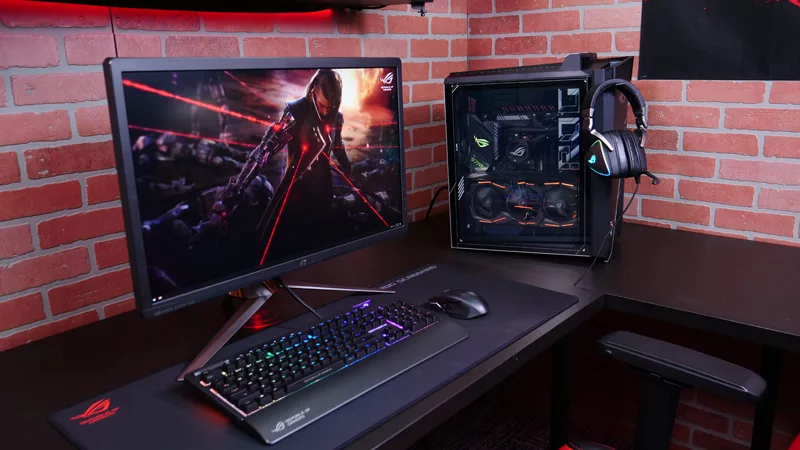
How to configure your PC's RGB lighting with Aura Sync
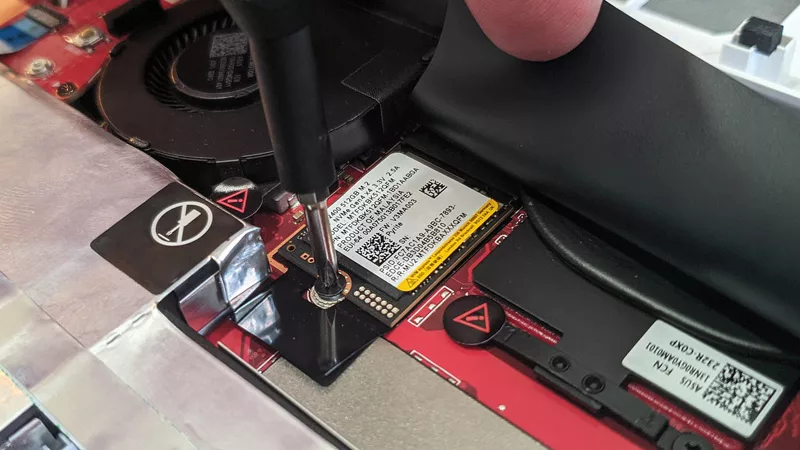
How to upgrade the SSD and reinstall Windows on your ROG Ally or Ally X

Introducing the ROG Astral GeForce RTX 5090 and 5080: a new frontier of gaming graphics
LATEST ARTICLES

See the mammoth ROG Dominus build that takes Intel's 28-core Xeon W-3175X to the Extreme
The ROG Dominus Extreme pushes the boundaries of PC performance in our awesome CES 2019 build.

Breaking world records with the ROG Maximus XI Gene and the Intel Core i9-9900K
Tasked with pushing performance on the Z390 platform as far as possible, we invited the best overclockers to ROG HQ for a week of extreme overclocking.
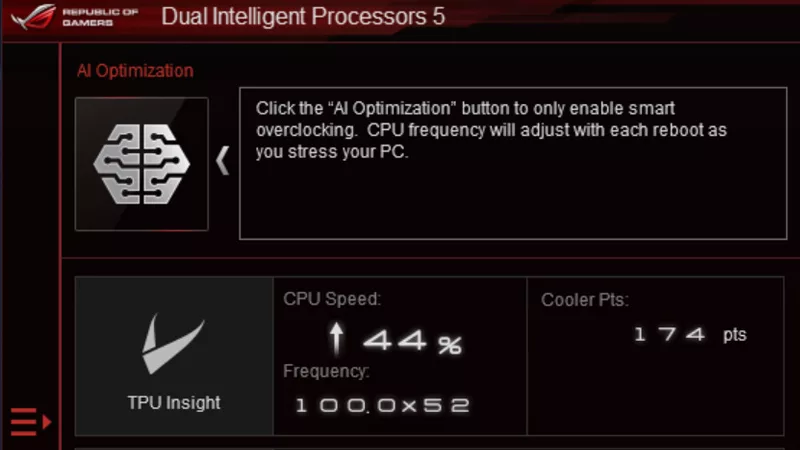
How to overclock your system using AI Overclocking
AI Overclocking one-click tuning makes its debut on Z390 motherboards and we have a quick how-to guide to get you started.

HW GURUS win the ROG OC Showdown Team Edition 2
The results are in from our second ROG OC Showdown Team Edition. See who posted the top scores.
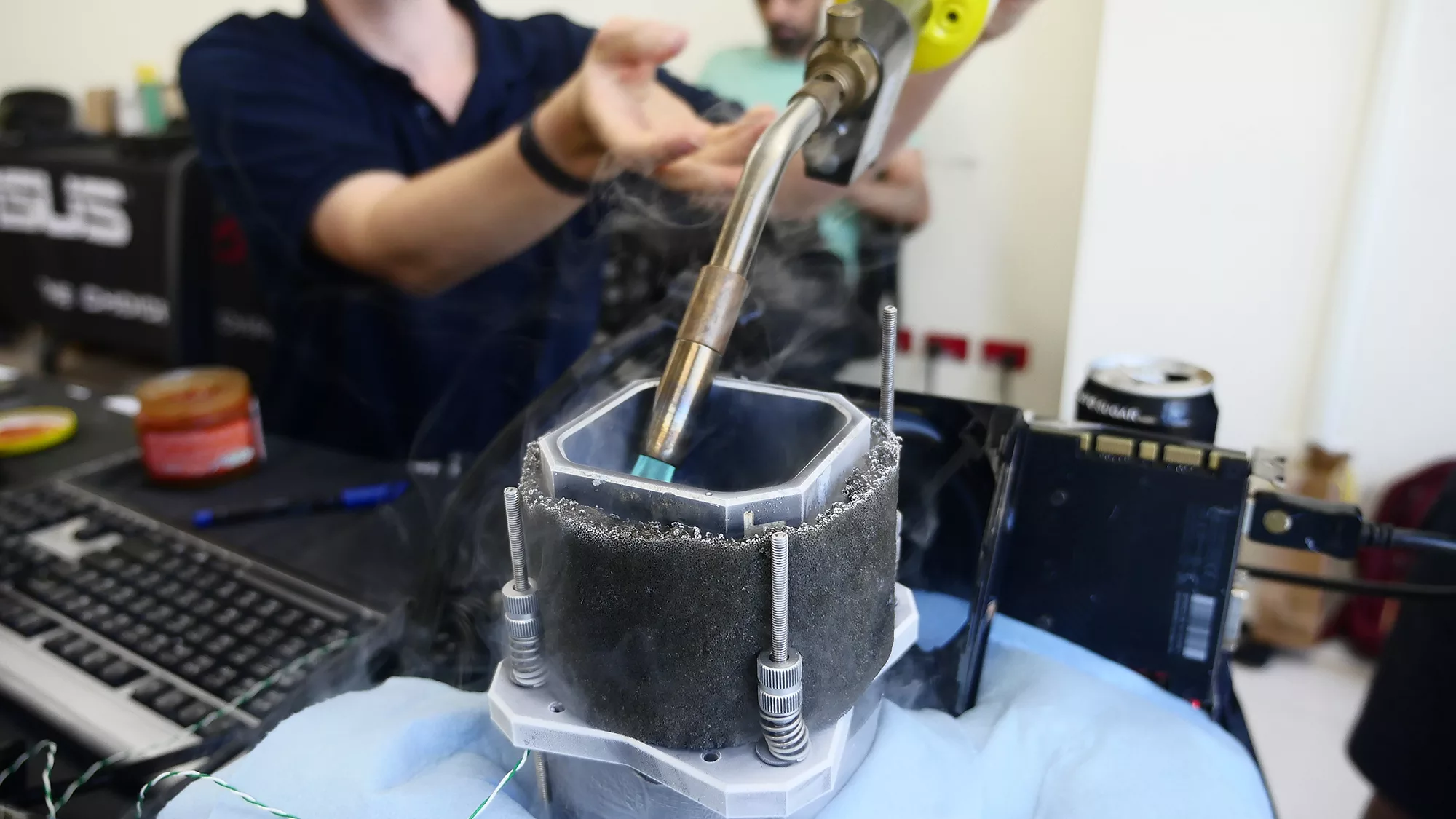
Breaking records with the Maximus X Apex and i7-8700K
ROG is obsessed with chasing the highest overclocks and fastest performance, and Coffee Lake is our new muse on the Maximus X Apex.
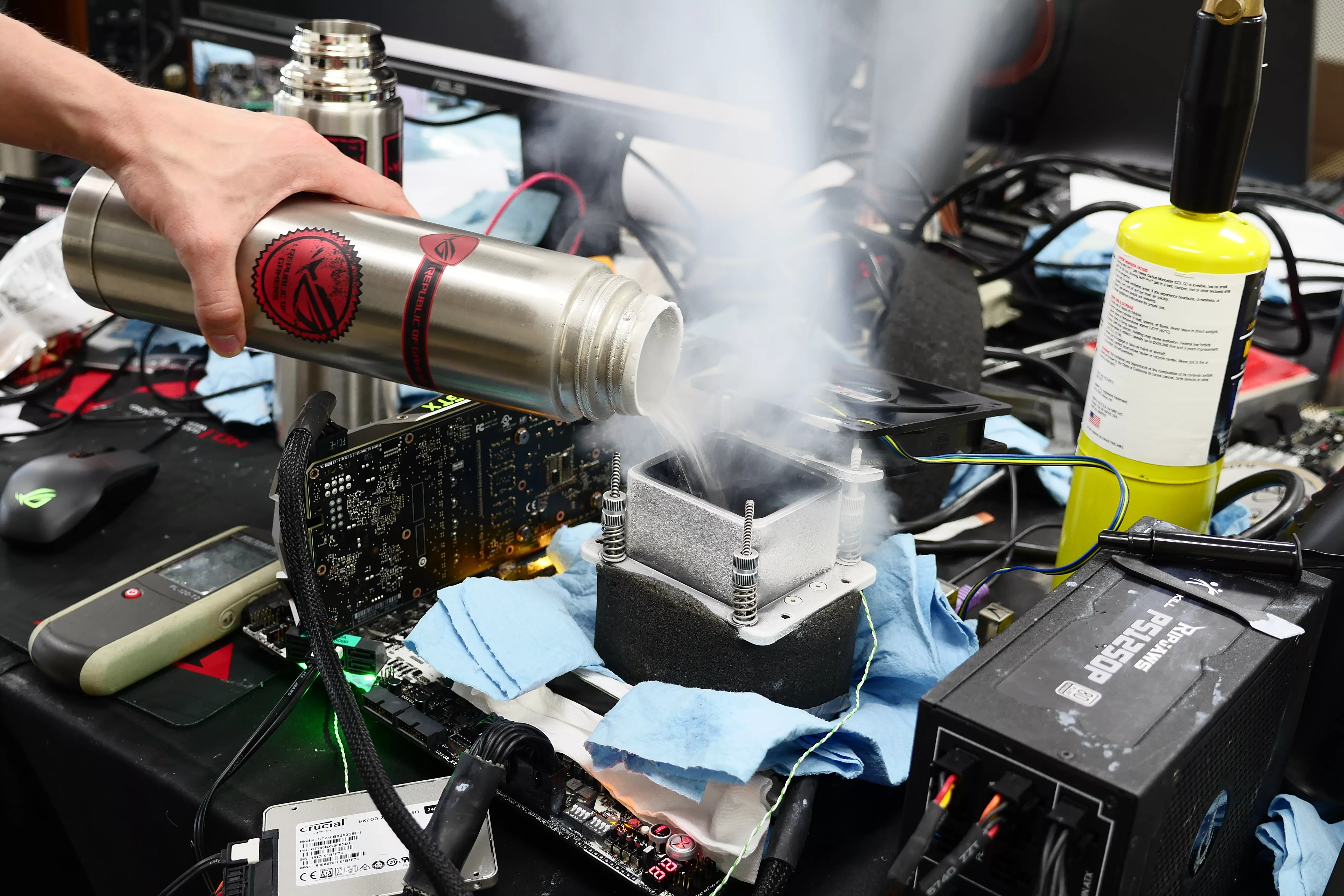
The Rampage VI Apex claims more performance victories with Intel's new Core i9-7940X and i9-7980XE
After dominating extreme overclocking with the first wave of Skylake-X CPUs, we've taken the latest 14- and 18-core models to sub-zero extremes.
